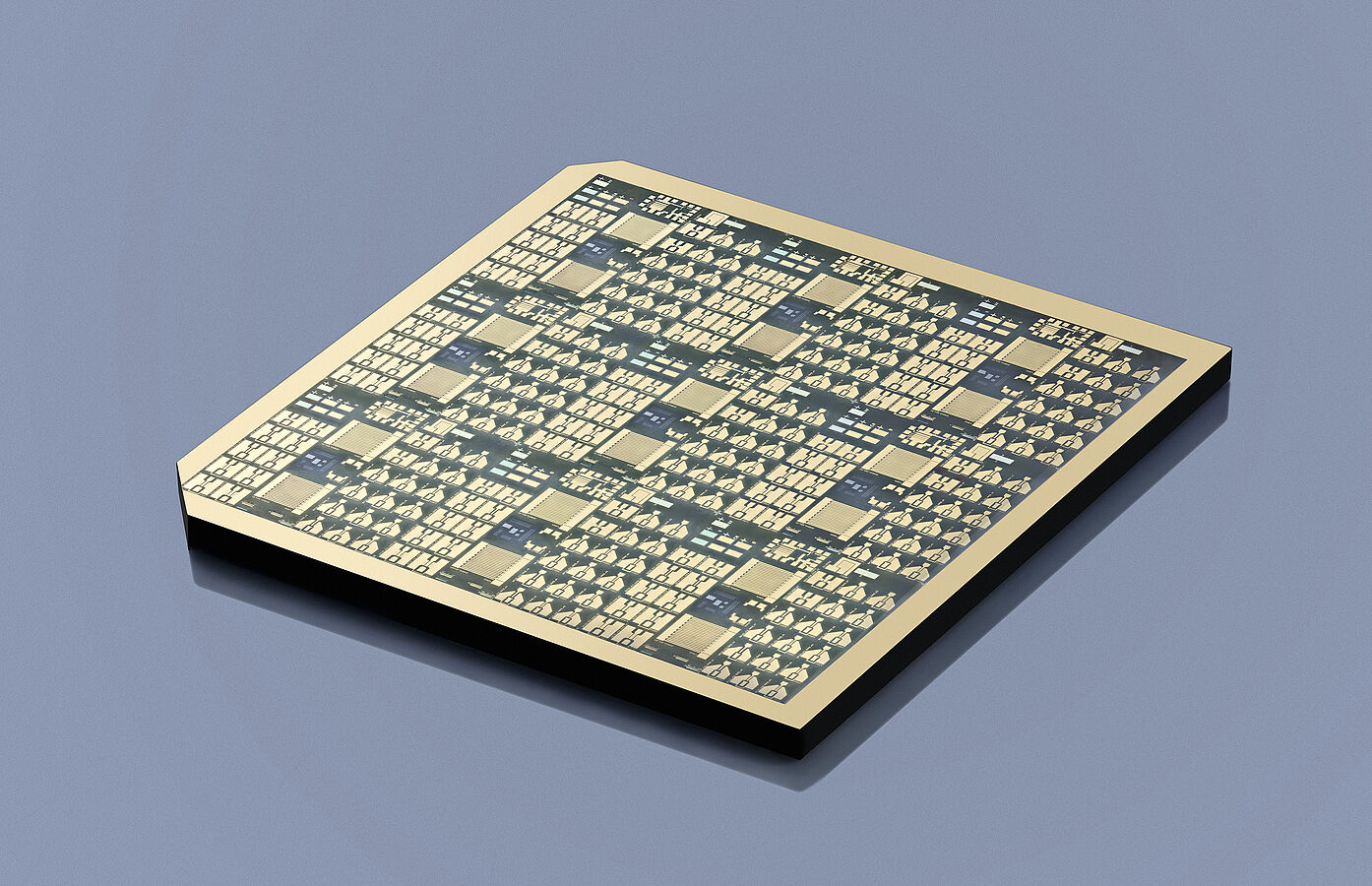The recently launched joint project "ForMikro-GoNext" of the Leibniz-Institut für Kristallzüchtung (IKZ), the Ferdinand Braun Institut, Leibniz-Institut für Höchstfrequenztechnik (FBH), the University of Bremen and industrial partners ABB Power Grids Switzerland Ltd. and AIXTRON studies beta-gallium oxide (β-Ga2O3). The project partners are investigating this semiconductor material utilizing a new vertical device architectures in order to exploit its outstanding properties for transistors more effectively. The joint project is funded by the German Federal Ministry of Education and Research (BMBF) with approximately €2 million over 4 years.
Modern society relies on a wide range of electrical and electronic systems, from communication to industrial production and e-mobility. About 80% of them require the conversion of primary electricity into another form of electricity. Therefore, the conversion of electrical energy must be carried out as efficient as possible. New semiconductor materials with a high band gap such as silicon carbide (SiC) and gallium nitride (GaN) offer a higher electrical breakdown field strength than silicon, allowing the fabrication of components in much smaller and compact dimensions. The semiconductor β-Ga2O3 features a breakdown field strength of twice the value of SiC and GaN and thus offers the potential to further increase power converter efficiency. High voltages can be switched with significantly smaller semiconductor drift regions - the basis for more compact systems. In addition, transistors based on β-Ga2O3 are characterized by a low on-resistance at a given breakdown voltage and faster switching transients, which leads to lower power losses. Due to these properties β-Ga2O3 has the best prerequisites to become the high-performance material for next generation power applications.
So far, lateral Ga2O3 devices have been investigated. In this configuration, the voltage is switched across the device surface, making large chip size areas combined with complex isolation techniques necessary for high voltages. ForMikro-GoNext aims at vertical device structures in order to more efficiently utilize the high electrical breakdown field strength of the material β-Ga2O3. The better exploitation of the chip size also opens the potential of upscaling device geometries towards technically relevant very high current level switching. The development of these transistors requires a synchronized process chain from crystal growth, epitaxy and device processing to characterization, which is completely covered within the project.
By focusing the expertise of the Leibniz Institutes IKZ (gallium oxide crystal growth, epitaxy and material characterization) and FBH (device design, manufacturing and testing) it is expected to efficiently transfer the achieved results from basic research into application- and industry-oriented research. The Institute for Electrical Drives, Power Electronics and Devices (IALB) at the University of Bremen provides qualified assessment of the application potential of the new devices with its power electronic characterization capabilities. Reliability tests will provide information about the stability of the Ga2O3 transistors. The project will be supported by industrial partners ABB Power Grids Switzerland Ltd. and AIXTRON - AIXTRON in the field of epitaxy, ABB in the design and testing of the devices.



